Some landscapes do more than just amaze you — they speak. Caves echo with old chants, mountains carry myths, and ancient rock carvings trace stories from long ago. In these places, the rocks don’t just sit there — they remember.
Here are the destinations where the rocks tell the stories:
Picture/Nelspruit Lodge
Echo Caves – Limpopo
Tucked into the escarpment near Ohrigstad lie the Echo Caves — chambers so resonant that they’re believed to “speak” when struck. For the Northern Sotho people, these caves are more than a geological curiosity; they’re a place where ancestors linger. Legend has it that these caves once protected villagers from attack, the natural acoustics amplifying warning sounds through the valleys. Today, the rocks still seem to hold that protective presence, whispering secrets to those who listen.
Mother Rock – Nieu-Bethesda
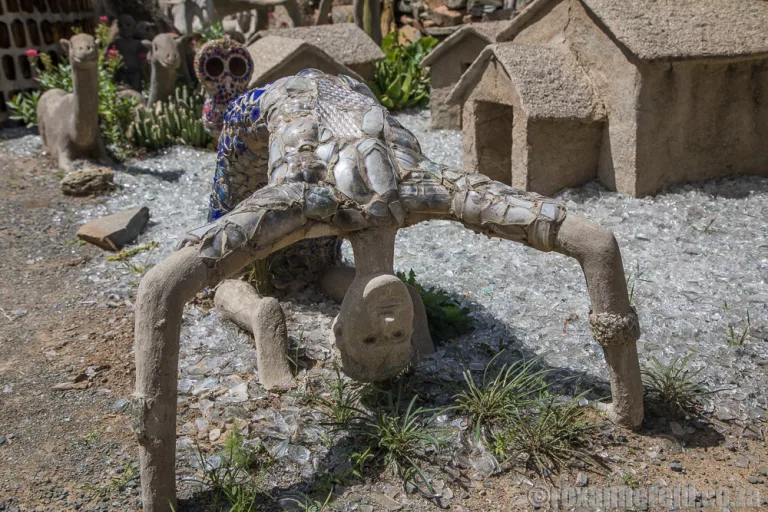
Picture/Roxanne Reid
Near the whimsical Owl House, a rounded stone formation rises quietly from the Karoo earth — its soft curves often likened to a reclining woman. Locals sometimes call it “Mother Rock,” a symbol of earth energy and watchful peace. There’s no plaque or guidebook mention, just stories and feelings passed from one visitor to another.
Brandberg Mountain – Namibia
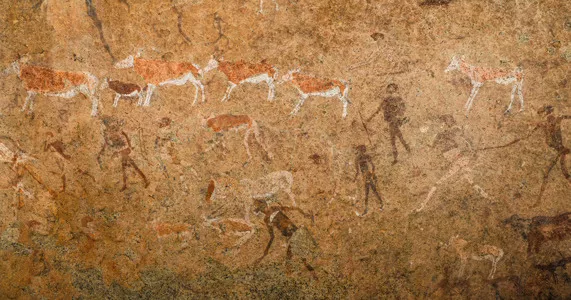
Picture/Encounters Travel
In the blazing heart of Damaraland, Brandberg — “Burning Mountain” — glows with myth and heat. Its most famous resident, the White Lady rock painting, is over 2,000 years old, but the stories stretch for older. The San and Damara peoples consider the mountain sacred, a place of vision quests and spiritual presence. As the sun sets, the granite slopes reflect a fiery red hue, as though the ancestors are lighting it from within.
ALSO READ: Exploring unusual places that turned into tourist attractions
Hole in the Wall – Eastern Cape
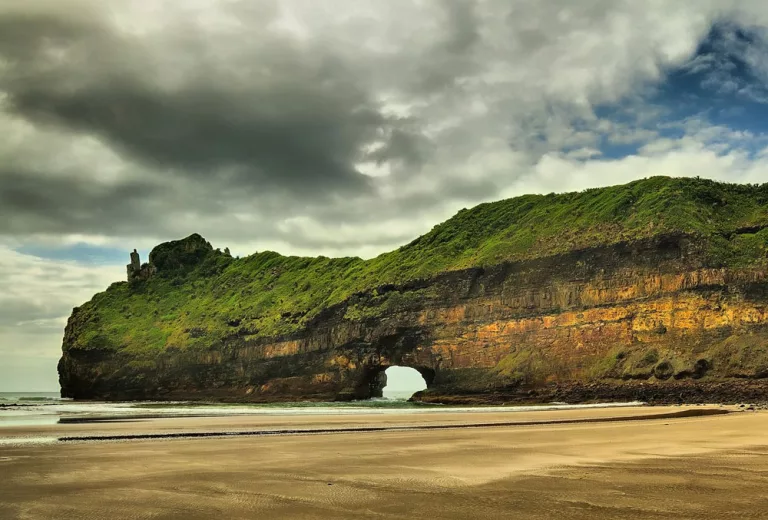
Picture/SA Venues
At the mouth of the Mpako River, a giant rock arch rises from the sea, known to the Xhosa as esiKhaleni, “place of noise”. Local legend speaks of a beautiful maiden who fell in love with a sea-dweller. Her people forbade the union, so the sea folk rammed a hole through the cliff so their prince could reach her. On windy nights, the ocean roars through the gap, echoing with the heartbreak of lovers divided.
Namaqualand San rock engravings (also known as Petroglyphs) – Northern Cape
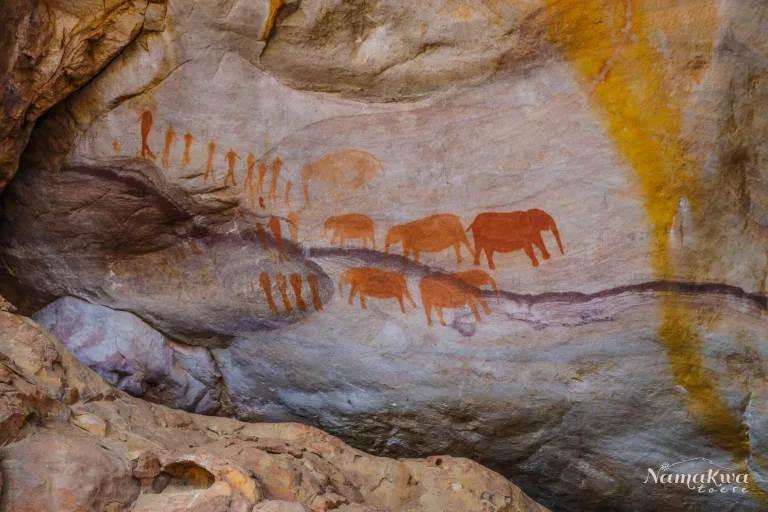
Picture/Namaqua Lodge
On otherwise barren rock faces, the San left behind images of eland hunts, trance dances, and celestial maps. These engravings are more than art — they’re records of spiritual journeys and survival. Some depict shamans transforming into animals, others align with celestial events. The stones of Namaqualand are an ancient archive, open to those who read with reverence.
Uluru, Northern Territory – Australia
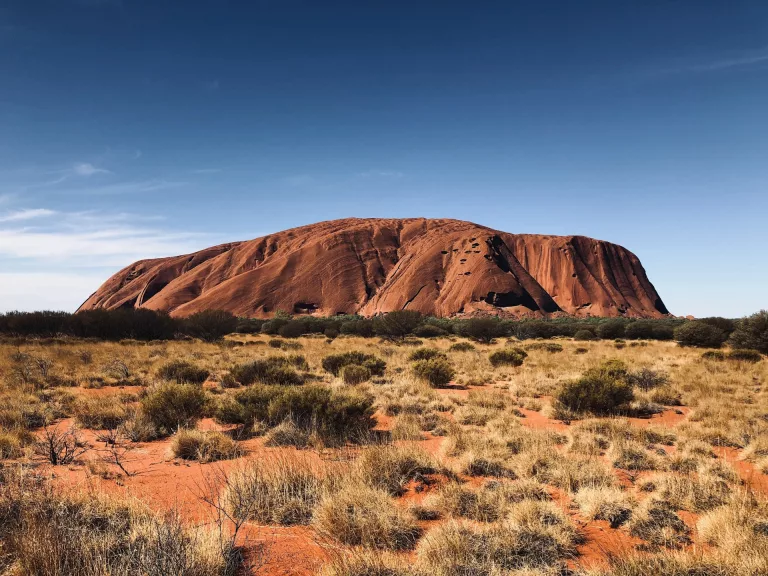
Antoine Fabre/Unsplash
One of the world’s most iconic sacred rocks, Uluru is a sandstone monolith with deep ties to Anangu Dreamtime stories. Each ridge and crack holds significance, mapping ancestral journeys and spiritual teachings known as Tjukurpa. Like Table Mountain, it’s more than a landmark — it’s a living, breathing being in the eyes of its first people. Respectful visitors can walk the base, where signs explain the sacred tales embedded in the land.
Giant’s Causeway – Northern Ireland
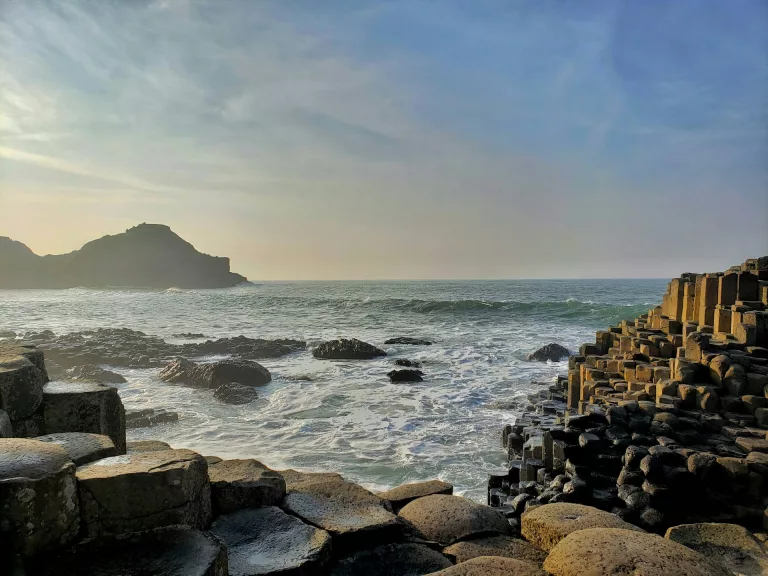
Sean Kuriyan/Unsplash
On the coast of County Antrim, thousands of hexagonal basalt columns march into the sea. Science says volcanic activity created them, but local lore is more poetic. The story goes that the giant Finn MacCool built the causeway to fight a Scottish rival. When he saw how big his enemy was, he dressed as a baby to trick the other giant into retreating. The landscape becomes a punchline, a myth, and a marvel all in one.
Sigiriya – Sri Lanka
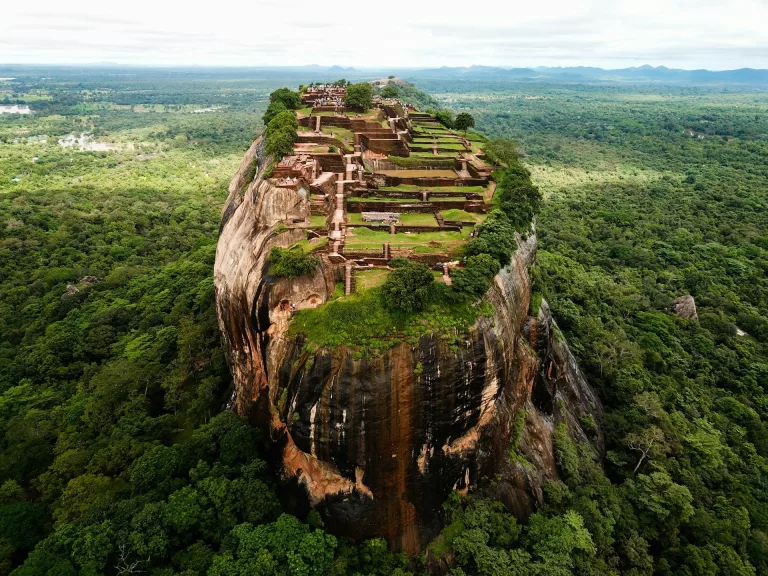
Dylan Shaw/Unsplash
Rising nearly 200 metres above the forest canopy, the Lion Rock of Sigiriya is both fortress and fable. According to local legend, King Kashyapa built his palace atop this granite monolith in the 5th century to guard against rivals. The rock tells his story in more ways than one — from frescoes painted directly onto the cliff face to the giant lion paws carved into the stone stairway that once guarded the entrance. It’s a place where political ambition and mythic symbolism are literally built into the bedrock.
Gobustan Rock Art – Azerbaijan
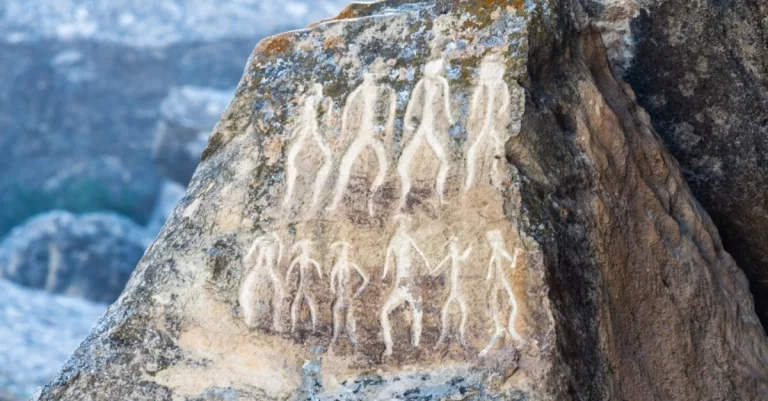
Picture/Daily Sabah
South of Baku lies Gobustan, a UNESCO World Heritage Site where stone panels bear witness to 40,000 years of human life. The carvings include hunters, dancers, and solar symbols — a prehistoric storyboard etched into the cliffs. Much like the San rock art of South Africa, Gobustan is an ancient way of saying “we were here,” passed down not in books, but in stone.
Black Hills – South Dakota, USA (Lakota Territory)
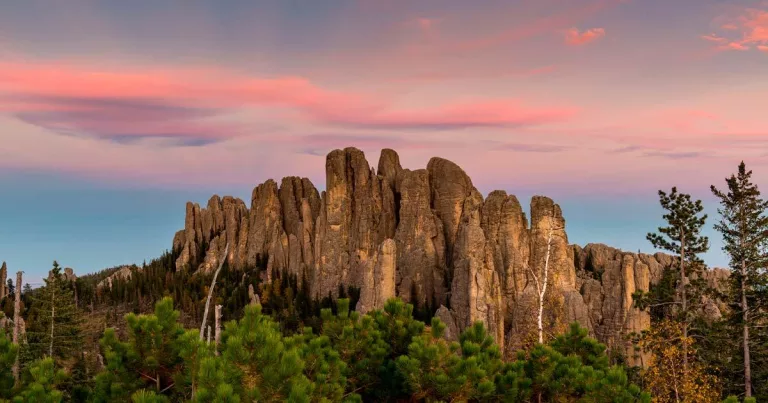
Picture/Ancient Origins
To the Lakota people, the Black Hills are sacred ground, every ridge and boulder part of a larger story. In their cosmology, the land is alive — a place of emergence and prayer. These hills were never meant to be conquered or mined; they were to be revered. Today, they are both a spiritual home and a contested site — proof that stories in stone can still ignite passion and protest.
Follow us on social media for more travel news, inspiration, and guides. You can also tag us to be featured.
TikTok | Instagram | Facebook | Twitter
ALSO READ: Dancing with tradition in enchanting Eswatini

